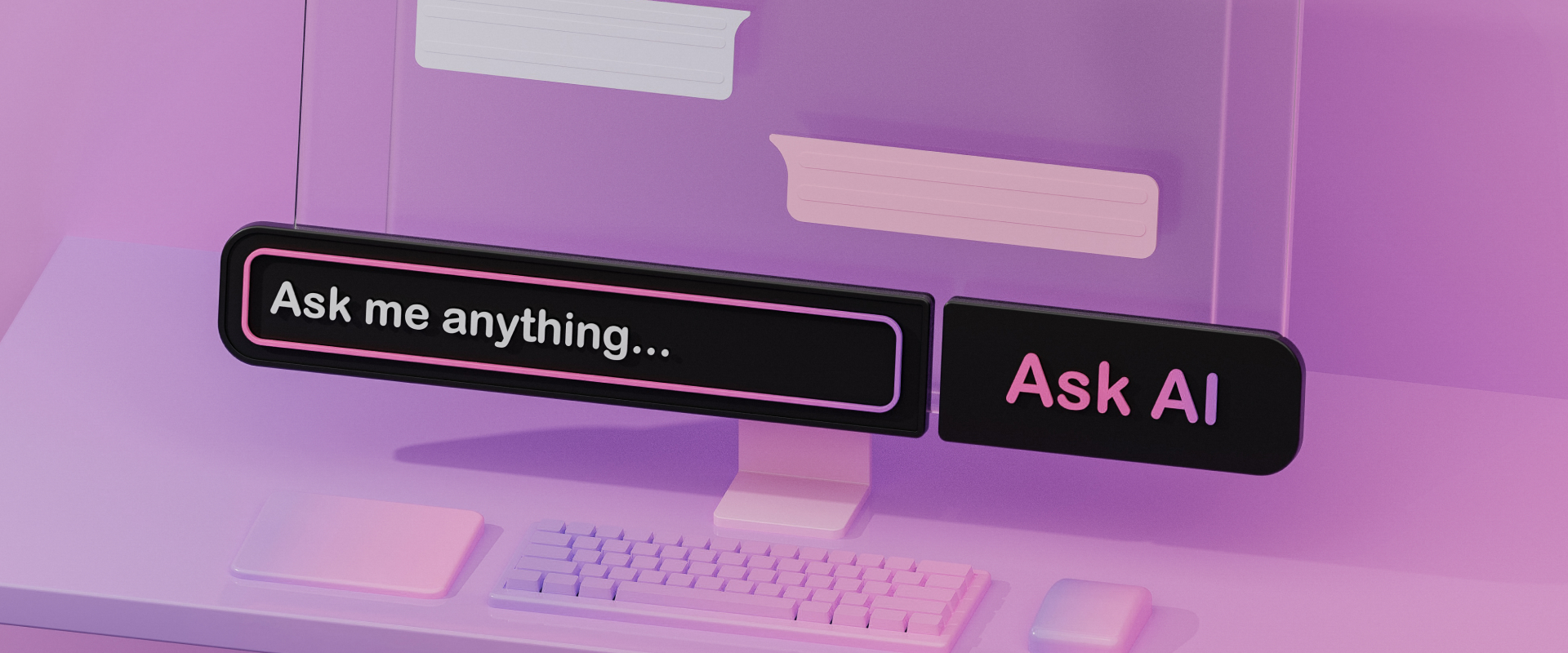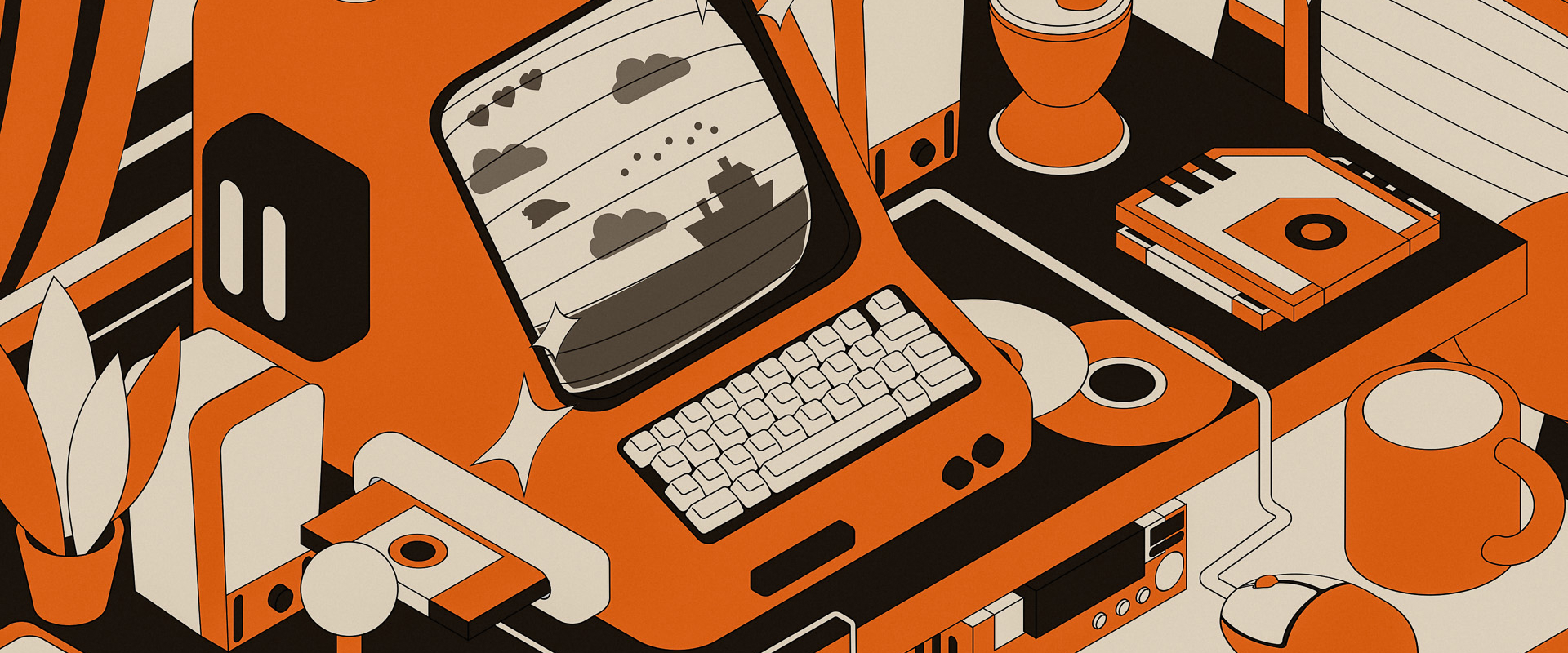The Role of Hyperpersonalization in Product Design
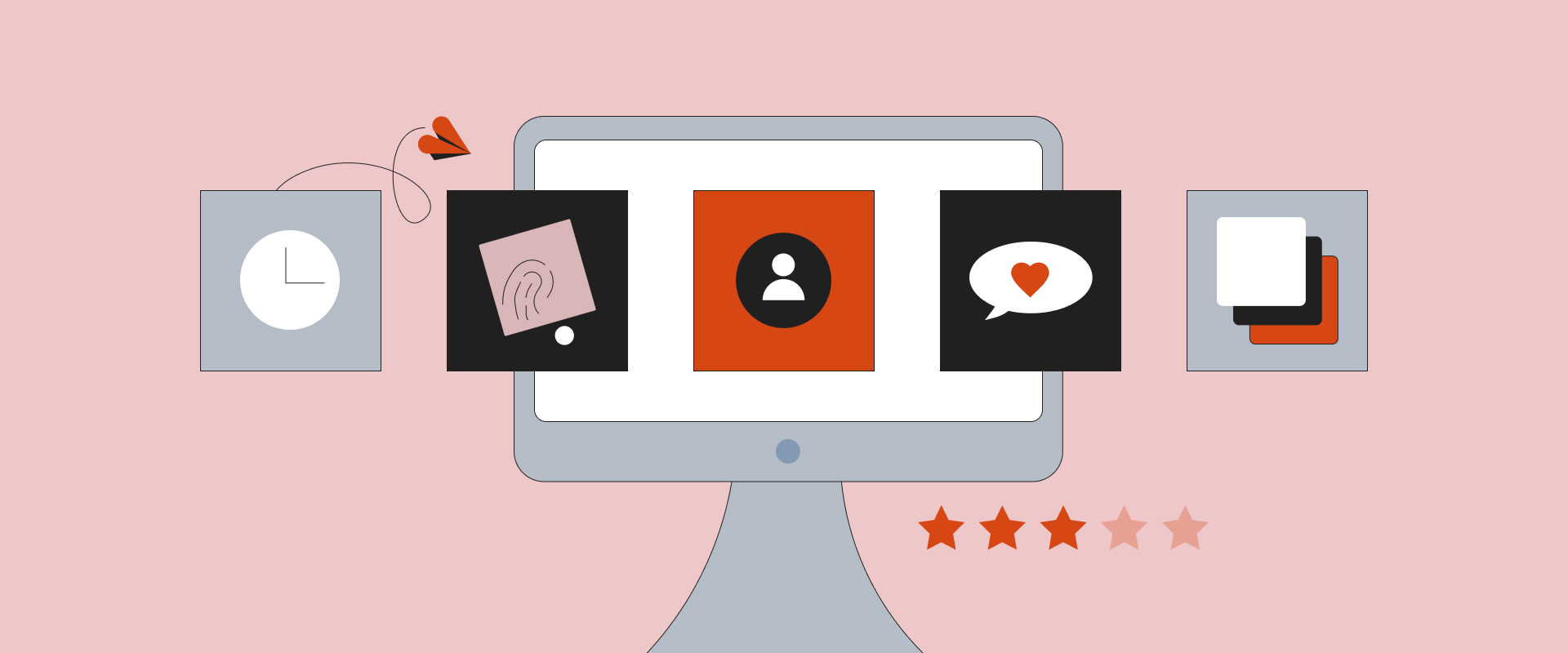



Hyperpersonalization is on its way to becoming a standard in today’s digital environment. Users expect it – every scroll, swipe, or webshop visit should feel like it was made just for them, adapting to their specific needs.
Simply put, it’s about responding to who the user is and what they need right at that moment. These are features powered by data, grounded in empathy. When done right, they offer an experience that feels like time well spent. How to achieve this? Keep reading, we’ll get to it.
In one of our travel-related projects, we examined how ads and landing pages could be tailored to the viewer. Imagine seeing an Instagram ad for an all-inclusive vacation. If it’s aimed at couples, the visuals and content might focus on relaxation and romance. But if a younger, more active traveler clicks on a similar ad, the landing page could highlight kite surfing, tennis, or adventure activities. So the website structure stays the same, but the content dynamically shifts to match the user’s profile. This is a good example of a step towards hyperpersonalization.
Another case could be online shopping. If you’ve previously looked at a particular pair of shoes, you would expect the site to remember and suggest it when you return. Or, look at Starbucks – their app uses purchase data to build detailed customer profiles, knowing when you usually visit, what you tend to order, and what else you might want. If you often buy a muffin with your coffee, Starbucks can offer a highly personalized reward, like “30% off your muffin today.” This benefits both sides: the company increases sales, and the customer feels rewarded with a relevant offer at the right time.
This is a good example where a strong customer data platform (CDP) is essential. You can’t achieve true hyperpersonalization without structured, integrated data, and many companies still lack the relevant infrastructure. That’s why we still see examples of poor targeting – like buying a kitchen table online and then being shown ads for the same table the very next day. A smarter system would recognize the purchase and instead suggest complementary items, like plates or chairs. You see, without that intelligence, personalization backfires.

What these examples also demonstrate is that in order to achieve hyperpersonalization, you have to have empathy, adapt to your users and their situations, and create an emotional connection. It’s what makes a product stand out, and it’s particularly data-driven empathy that is the foundation of hyper-personalization.
You need to know where your user is mentally and emotionally, and respond not just to their obvious needs but even to their subconscious ones. Take Headspace, a mental health app for meditation and sleep. It has a wonderful brand and design, but it’s not truly empathetic. It doesn’t tell you, “Hey, you had a rough night’s sleep, maybe try this meditation today.” It can’t, because it doesn’t have that kind of data. If it could use your sleep quality or heart rate variability to tailor meditations – offering something uplifting after a good night’s rest, or calming after a stressful day – that would feel truly empathetic.
This is what empathetic interfaces or products aim to replicate. They make users feel understood and cared for by giving just the right information, through the right medium – text, voice, touch – at just the right time. When that happens, users feel seen, understood, and supported.
We can summarise this in three principles of hyper-personalization:
Let’s look at an example. A leader-type person, with a productive day full of meetings, thrives in their role, satisfying the drive to lead. But when they get in the car afterward, their need for balance and connection becomes stronger. That’s why they might immediately call home and tell their family they’re on the way. If an interface could anticipate this shift and suggest the right kind of interaction at that moment, that would be a truly empathetic experience. It would be time well spent with that product.
Here’s another everyday example. Whoop is a fitness tracker that has a daily outlook feature, a sort of chat interface that says things like, “Hey, today is Wednesday. You’re 92% recovered – your best score in the last 30 days! How about a high-intensity training today?” or “You’ve hit your protein goals five days in a row, you’re good to go!” While it’s not predictive, it feels empathetic, like there’s someone who understands you and helps you make decisions about activity, nutrition, and recovery. It feels close to genuine empathy because it proactively pushes relevant suggestions.
When you use Spotify, the system looks at your listening patterns, release schedules, and similar artists to surface content you’ll likely enjoy. Recently, Netflix and Spotify have even started showing why you’re seeing something (“because you listened to X” or “because you watched Y”). That transparency builds trust and gives users a sense of control.
Netflix also adapts cover art based on preferences. For example, romance fans might see different visuals than action fans for the same show. Currently, agencies design this artwork within strict brand guidelines, but in the future, AI could generate covers automatically, with designers simply approving them.
Successful hyper-personalization is not just about the moment, but about accumulating understanding over time and acting on it meaningfully. For example, if we look at Spotify’s AI DJ, it already does this incredibly well – it’s like your personal radio station with an AI voice. It could say, “Hey, today’s your anniversary. Here’s a playlist of songs you two loved when you first met.” That’s a product that feels alive – not just reacting to data, but understanding context in a human way. In a way, it’s reacting to the story of your life.
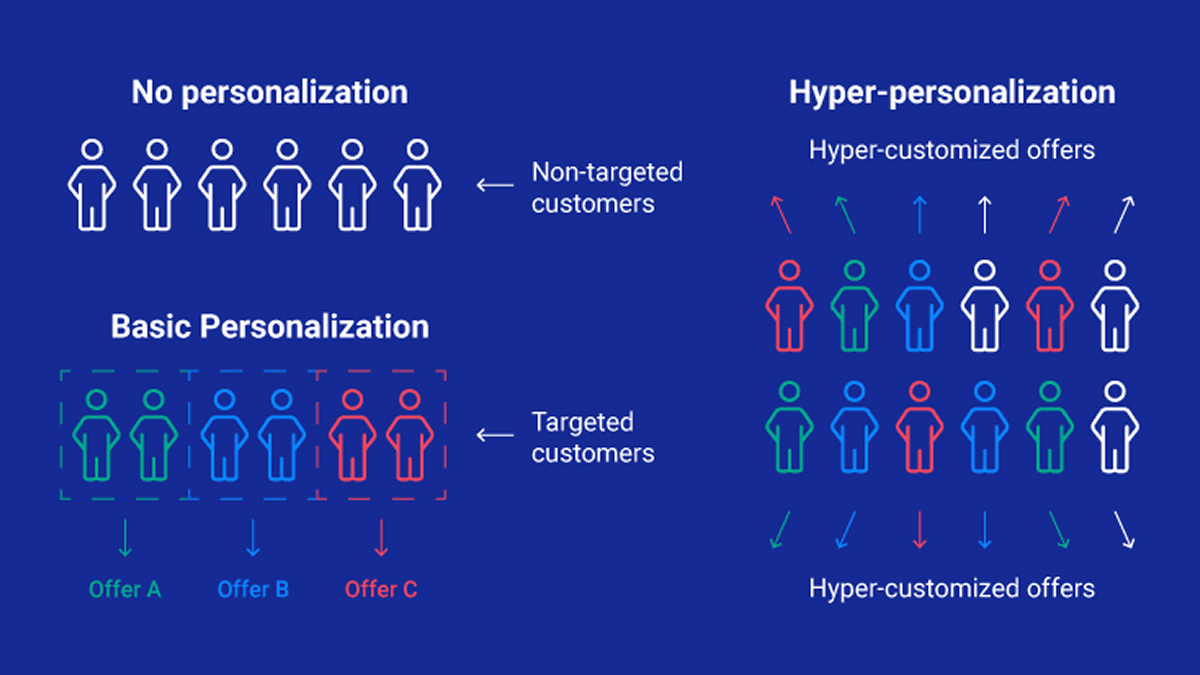
Storytelling is fundamental because every touchpoint with a product tells a story. For example, in travel, you might promise “the perfect vacation where everything is taken care of.” If that’s your story, then every interaction – ads, website, booking process, even customer support – has to reinforce it. If a customer hits a payment issue and can’t get help, the story collapses and trust is lost.
Other techniques in this vein include character-building, where users invest time creating something personal, and then stay engaged because they’ve formed a connection. Some motivators are considered “black hat” – like forcing users to open an app daily for rewards – but even those can work if balanced with more positive patterns. The key is blending motivators in a way that fits the product and audience.
Opening apps daily is often related to gamification, and there can be a lot of benefits to it, but it’s important to tailor it to different user motivations. To achieve this, we often use the Octalysis framework, which maps out different motivators – both intrinsic and extrinsic. There’s no “one-size-fits-all”. For example, a progress bar is a simple but powerful motivator. People naturally want to complete it, so showing profile completion as a percentage encourages users to finish filling it out.
We’ve gone through a few examples of empathetic products. Now let’s see how to actually build it. There are a few methods, like design thinking workshops, UX research and building inclusive personas.
Design thinking is about building solutions from the user’s perspective. It’s about truly working to understand the user and their problem. Instead of starting with technical feasibility or business goals, it starts with: “What problem are we solving?” and “What value are we creating for the user?” A typical workshop involves looking at existing user research, defining problem statements, and forming hypotheses. Then, instead of spending months building, we quickly prototype and test with real users to validate assumptions.
UX research is critical in this cycle. It helps confirm whether the product addresses the right problem, whether the solution resonates with users, and whether the direction is worth pursuing. Early on, usability testing is less important than finding the product market fit. Usability becomes more relevant once the concept is validated.
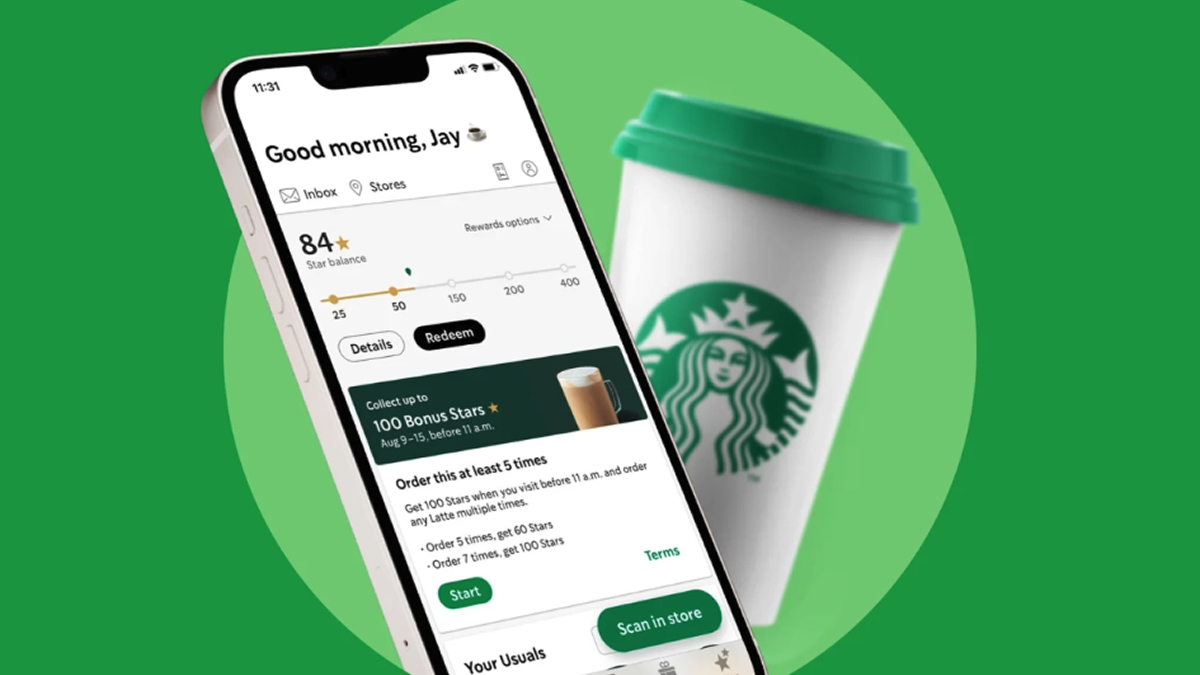
Onboardings are another critical moment for personalization. It sets the tone for the entire product experience, but it has to be efficient. Every additional step risks losing a user. Ideally, you only collect the data that’s absolutely necessary at the start, and then personalize more as the user continues engaging with the product.
That said, in some cases, like health apps, you need more upfront data to provide meaningful recommendations. In one project, we used a chat-style onboarding flow that felt conversational rather than filling out a long form. We also explained why each piece of information was needed. To keep users engaged, we added micro-interactions and gamified elements, like small rewards or progress markers, to make the process feel motivating instead of tedious.
It’s important to remember that hyperpersonalization isn’t just about data, it's about creating experiences that feel human. This is what makes empathy a key differentiator. The real challenge is emotional – understanding people and creating products that adapt not just to what users do, but to who they are.
When empathy, context, and emotional connection come together, technology stops feeling like a system and starts feeling like a companion. That’s the next goal of UX – products that don’t just serve us, but understand us.
Is this a topic that resonates with you, and something you'd like to see more of in your projects? Let us know!
Tim is the Head of UX/UI Design at COBE. He is leading an international team of designers, ensuring a smooth collaboration with our clients.

